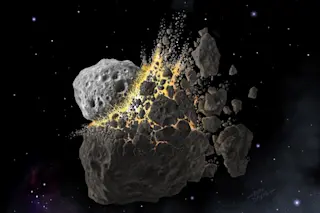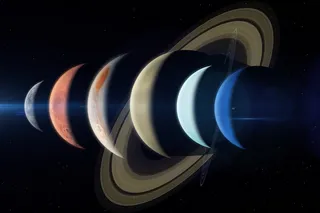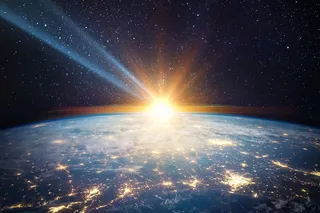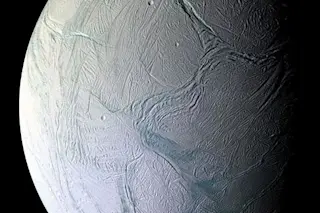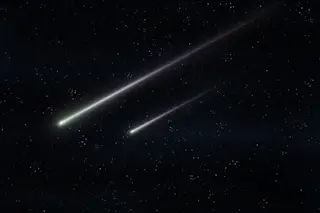A giant collision between two asteroids may have triggered a global ice age that hit Earth some 466 million years ago. The cosmic crash — which took place between Mars and Jupiter and destroyed an asteroid some 93 miles (150 km) wide — created a thick plume of dust that spread throughout the inner solar system.
This massive reservoir of debris then continually rained down on our planet as our orbit crossed through it over the span of some 2 million years, slowly changing Earth’s overall climate.
According to the new study, published Wednesday in Science Advances, the timing of the suspected global dust storm lines up pretty well with a particularly chilly period in Earth’s history, when a drop in temperatures is thought to have triggered an explosion of new species. In fact, “the timing appears to be perfect,” said lead author Birger Schmitz of Lund University in a ...


